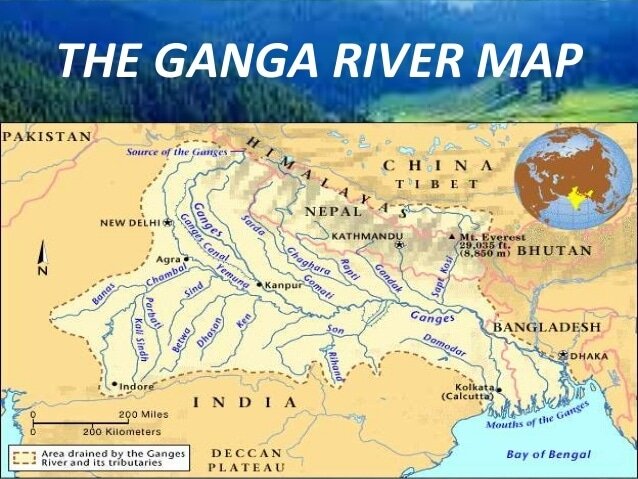UPSC Articles
Ganga Rejuvenation Monitoring
Part of: GS Prelims and GS-III – Conservation; Environment
Context: Recently, the National Green Tribunal (NGT) has observed that the pollutants are still being discharged into the river Ganga, despite several directions of various courts.
Key takeaway:
- Constitutional Right: Pollution-free environment is the constitutional right of every citizen and constitutional obligation of States. However, the states of Uttar Pradesh, Uttarakhand, Bihar and West Bengal are certainly failing in providing pollution free Ganga.
- Monitoring: The NGT has directed the above states to periodically monitor the rejuvenation of the Ganga.
- Joint Meetings: It has also called for periodic joint meetings of the above states to consider vital issues like pooling of human resources and sharing best practices for rejuvenation of Ganga.
- The meetings shall be focussed on preventing discharge of sewage and other pollutants in Ganga directly or through its tributaries or drains connected thereto.
Initiatives Taken to Clean Ganga:
- Ganga Action Plan: It was the first River Action Plan that was taken up by the Ministry of Environment, Forest and Climate Change in 1985, to improve the water quality by the interception, diversion, and treatment of domestic sewage.
- The National River Conservation Plan is an extension to the Ganga Action Plan. It aims at cleaning the Ganga river under Ganga Action Plan phase-2.
- National River Ganga Basin Authority (NRGBA): It was formed by the Government of India in the year 2009 under Section-3 of the Environment Protection Act, 1986.














